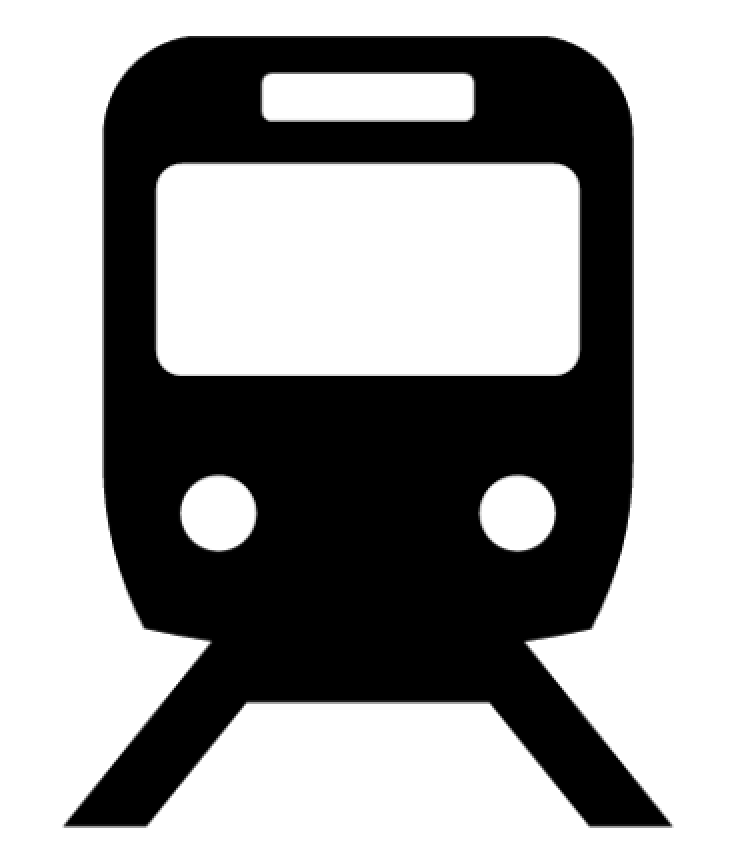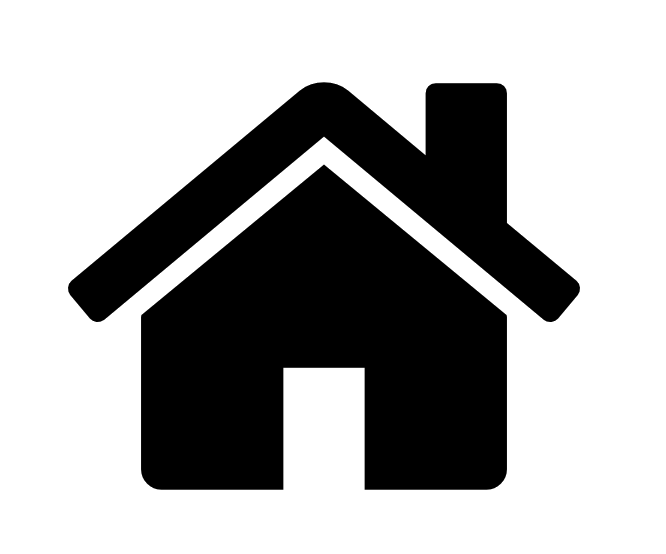|
stuving
|
 |
« Reply #15 on: June 05, 2025, 12:40:08 » |
|
.....which was not recorded..... Should it have been and the process was not completed for some reason? I would have thought the recording of such a potentially safety critical interaction should be mandatory. I don't think user phones at UWCs▸ are, in general - but maybe that has changed. In any case, analysing any recordings would still take more time and precaution than would allow a quick initial conclusion. |
|
|
|
|
 Logged
Logged
|
|
|
|
|
TaplowGreen
|
 |
« Reply #16 on: June 05, 2025, 14:00:07 » |
|
.....which was not recorded..... Should it have been and the process was not completed for some reason? I would have thought the recording of such a potentially safety critical interaction should be mandatory. I don't think user phones at UWCs▸ are, in general - but maybe that has changed. In any case, analysing any recordings would still take more time and precaution than would allow a quick initial conclusion. Given the wide availability of call recording technology and safety critical nature of the locations and the calls for which they are used, if those phones aren't suitably equipped for call recording I would find it absolutely breathtaking. |
|
|
|
|
 Logged
Logged
|
|
|
|
|
a-driver
|
 |
« Reply #17 on: June 05, 2025, 14:26:14 » |
|
All safety critical photo calls made into or out of a signal box are recorded.
|
|
|
|
|
 Logged
Logged
|
|
|
|
|
|
|
a-driver
|
 |
« Reply #19 on: Yesterday at 11:46:26 » |
|
And you can't disagree with what that farmer is saying When I worked in a box, we had a panel with a button for each crossing, anytime someone called from a crossing the button illuminated so we knew exactly what crossing they were be calling from. I don't know if that's still the case though. Workload is a big issue. One signaller can only manage a certain amount of these crossings. If you've got 20 crossings in your area and a queue of calls waiting to be answered mistakes are going to be made. Signallers are only human, we are all prone to making mistakes, there needs to be a fail safe method of working. |
|
|
|
|
 Logged
Logged
|
|
|
|
|
TaplowGreen
|
 |
« Reply #20 on: Today at 07:54:32 » |
|
And you can't disagree with what that farmer is saying When I worked in a box, we had a panel with a button for each crossing, anytime someone called from a crossing the button illuminated so we knew exactly what crossing they were be calling from. I don't know if that's still the case though. Workload is a big issue. One signaller can only manage a certain amount of these crossings. If you've got 20 crossings in your area and a queue of calls waiting to be answered mistakes are going to be made. Signallers are only human, we are all prone to making mistakes, there needs to be a fail safe method of working. Can't they just install automatic gates on all crossings, as seems to be the suggestion? |
|
|
|
|
 Logged
Logged
|
|
|
|
|
LiskeardRich
|
 |
« Reply #21 on: Today at 09:29:44 » |
|
And you can't disagree with what that farmer is saying When I worked in a box, we had a panel with a button for each crossing, anytime someone called from a crossing the button illuminated so we knew exactly what crossing they were be calling from. I don't know if that's still the case though. Workload is a big issue. One signaller can only manage a certain amount of these crossings. If you've got 20 crossings in your area and a queue of calls waiting to be answered mistakes are going to be made. Signallers are only human, we are all prone to making mistakes, there needs to be a fail safe method of working. Can't they just install automatic gates on all crossings, as seems to be the suggestion? Or at least lights |
|
|
|
|
 Logged
Logged
|
All posts are my own personal believes, opinions and understandings!
|
|
|
|
a-driver
|
 |
« Reply #22 on: Today at 11:21:08 » |
|
And you can't disagree with what that farmer is saying When I worked in a box, we had a panel with a button for each crossing, anytime someone called from a crossing the button illuminated so we knew exactly what crossing they were be calling from. I don't know if that's still the case though. Workload is a big issue. One signaller can only manage a certain amount of these crossings. If you've got 20 crossings in your area and a queue of calls waiting to be answered mistakes are going to be made. Signallers are only human, we are all prone to making mistakes, there needs to be a fail safe method of working. Can't they just install automatic gates on all crossings, as seems to be the suggestion? Or at least lights Cost being the obvious answer, there's around 3,000 user worked crossings in the UK▸ .... and then you could potentially argue it's another failure point adding more delay minutes. It would be interesting to see a breakdown of all those crossings based on linespeeds |
|
|
|
|
 Logged
Logged
|
|
|
|
|
Chris from Nailsea
|
 |
« Reply #23 on: Today at 21:20:33 » |
|
It's not a User Worked Crossing, but a pedestrian footpath crossing the Bristol to Exeter main line, just west of Nailsea & Backwell station. There are no barriers, gates or lights (nor telephones to the nearest signal box (?)).
The entire responsibility for using that footpath railway crossing remains with the user: there is good visibility in both directions, but discretion is advised - the line speed here is 100 mph, and not all trains actually stop at NLS▸ , so some of them are travelling at that speed.
I have used that footpath crossing, years ago, with my family while dog-walking. Arriving at trackside, I stopped, took a good look (and listen) up and down the line, then encouraged them to cross the tracks promptly. On one occasion, I remember, a train appeared in the distance, while we were crossing: I raised one arm in acknowledgement, while hustling the family and dog off the track. The train driver gave a 'toot' of thanks.
CfN.
|
|
|
|
|
 Logged
Logged
|
William Huskisson MP▸ was the first person to be killed by a train while crossing the tracks, in 1830. Many more have died in the same way since then. Don't take a chance: Stop, Look, Listen.
"Level crossings are safe, unless they are used in an unsafe manner." Discuss.
|
|
|
|





